Zebra PVC Composite C104523-113 Handleiding
Zebra
Niet gecategoriseerd
PVC Composite C104523-113
Bekijk gratis de handleiding van Zebra PVC Composite C104523-113 (8 pagina’s), behorend tot de categorie Niet gecategoriseerd. Deze gids werd als nuttig beoordeeld door 58 mensen en kreeg gemiddeld 4.7 sterren uit 29.5 reviews. Heb je een vraag over Zebra PVC Composite C104523-113 of wil je andere gebruikers van dit product iets vragen? Stel een vraag
Pagina 1/8

A Zebra Technologies White Paper
Understanding Technologies for
Creating High-Security ID Cards

2A Zebra Technologies White Paper

3
A Zebra Technologies White Paper
Before you purchase a card printer, there are a few things you should know about ID cards and printers. The
type of printer you choose will depend on:
• The type of card you plan to use
• How many cards you plan to print
• How often you need to print cards
• What printing elements you need to incorporate into your card
• The quality of card images
• Type of encoding required on the card
There are five major factors to consider:
1. Card size. Most plastic cards found in wallets and purses have the same
physical dimensions. This is the standard CR-80 card, measuring about
3.375 x 2.125 inches (85.5 mm x 54 mm). The standard thickness is 30 mil
(0.75 mm), but can range from 10 to 60 mil.
2. Printing speeds. Card printers come with a variety of card printing speeds
depending on whether you need to print both sides of the card or just one
side of the card. In general, the faster the cards are printed, the more expensive the printer. The needs
of the printer speed will be determined on the application. For example, with on-premise/on-demand
printing, mass/duplication printing (same card printed multiple times), or one-offs.
3. The physical properties of the printer. If you are limited on work space, you’ll want a printer with a
small footprint. If other work must be accomplished while the printer is printing, you will also want to
make sure you purchase a printer that’s on the quiet side. While the size and loudness of a printer may
not be a concern in a factory, it might be important in an application such as a small office, retail store,
or cruise ship.
4. Ease of use. A card printer should be easy to use, right out of the box, especially if the user is not
familiar with card printers.
5. The type of printing you want—thermal, dye sublimation, mass transfer printing, or direct-to-card or
retransfer printing. These are discussed in detail below.
Thermal Printing
Like all other computer-based printers in the office, today’s photo ID printers are digital. Resolutions of 300
dots per inch (dpi) or more are common in office printers, so the problem of jagged edges is largely a thing
of the past. Most photo IDs are printed by digital thermal transfer, a process by which color is transferred
from a single-use ribbon to various kinds of receptor materials.
There are two distinctly different thermal transfer technologies: dye
sublimation, using the three process colors yellow/magenta/cyan (YMC) for
photo-realistic images, and mass transfer, for machine readable text and bar
codes (usually in black). Both technologies use a stationary printhead
comprising a row of closely spaced resistive elements—tiny heaters, 200 or
300 to the inch, independently energized by the printer controller. Sandwiched
by spring pressure between the printhead and the receptor is the inking
ribbon, which may be either a resin-coated film for mass transfer, or a series of process-color dye panels
for dye sublimation. The receptor card is driven through the print station, with the ribbon metered out at the
same speed from the supply roll.
Product specificaties
| Merk: | Zebra |
| Categorie: | Niet gecategoriseerd |
| Model: | PVC Composite C104523-113 |
Heb je hulp nodig?
Als je hulp nodig hebt met Zebra PVC Composite C104523-113 stel dan hieronder een vraag en andere gebruikers zullen je antwoorden
Handleiding Niet gecategoriseerd Zebra
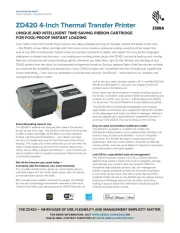
27 April 2025
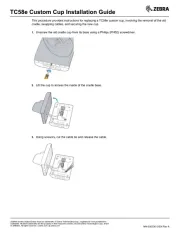
20 April 2025

16 November 2024

22 Oktober 2024

24 September 2024
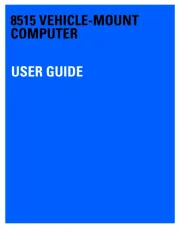
23 September 2024

23 September 2024
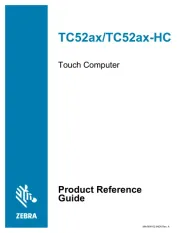
23 September 2024
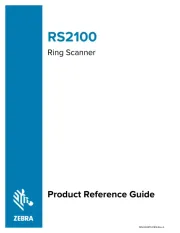
17 April 2024

19 Maart 2024
Handleiding Niet gecategoriseerd
- Billet Specialties
- Cicada Audio
- Glasdon
- JLab
- Dutchbone
- RIDGID
- Irritrol
- Truetone
- Gladiator
- Autel
- Act
- Black Line
- TOGU
- Sicce
- Eissound
Nieuwste handleidingen voor Niet gecategoriseerd

14 September 2025

13 September 2025

13 September 2025

13 September 2025

13 September 2025

13 September 2025

13 September 2025

13 September 2025

13 September 2025

13 September 2025